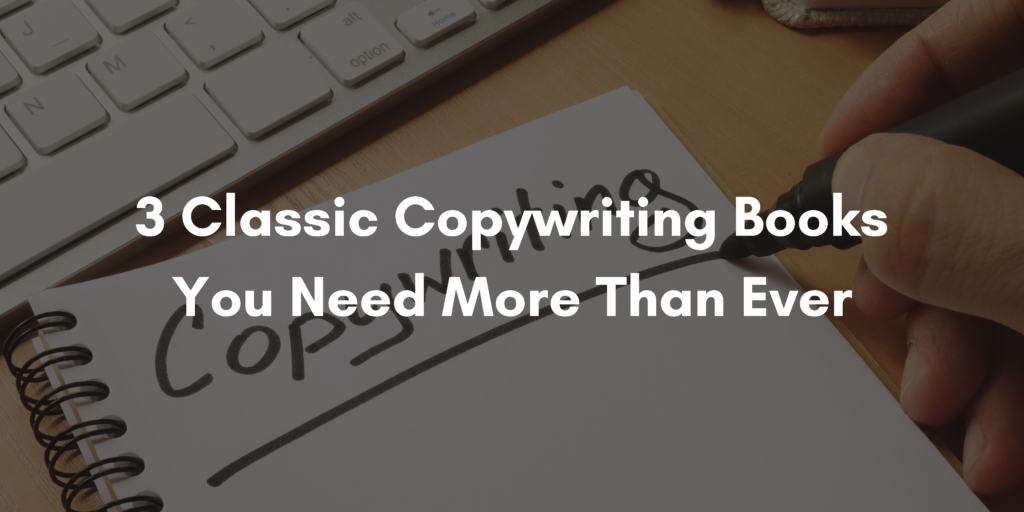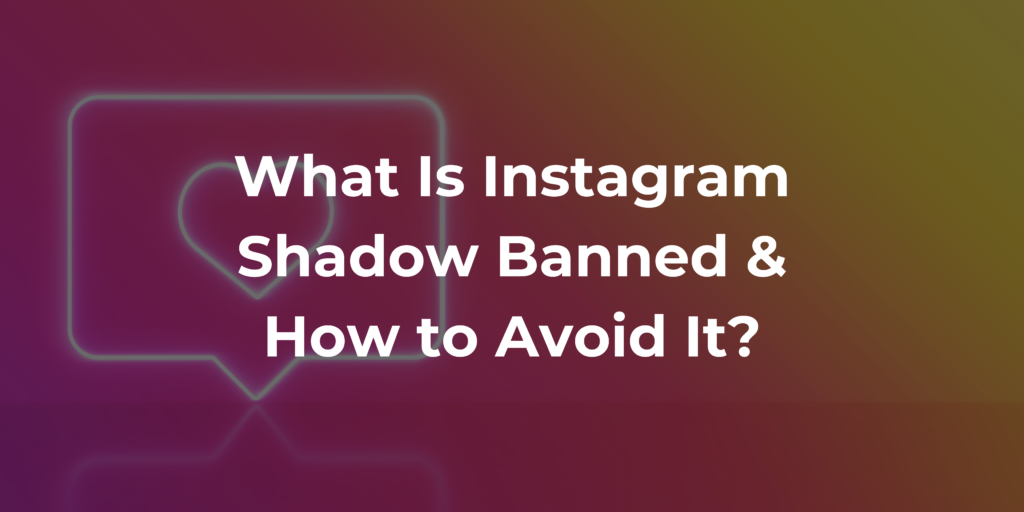Copywriting isn’t just about stringing together words; it’s about persuasion, influence, and connecting with your audience on a profound level. While there’s an abundance of modern resources available, sometimes the wisdom of the past holds timeless truths. Here are three classic copywriting books that remain indispensable today:

1. Breakthrough Advertising by Eugene Schwartz:

Breakthrough Advertising” by Eugene Schwartz is not just a book; it’s a cornerstone of copywriting wisdom that has stood the test of time. Published in 1966, Schwartz’s masterpiece delves deep into the psyche of consumers, unraveling the mysteries of what drives them to buy. At its core, the book revolves around the concept of market sophistication—the idea that consumers’ awareness of products and their needs evolves over time. Schwartz provides invaluable insights into the different stages of market awareness and emphasizes the critical importance of tailoring your message to match the sophistication level of your audience.
By understanding the desires, fears, and frustrations of your target market, you can craft copy that resonates on a profound level, cutting through the noise and capturing attention like never before. “Breakthrough Advertising” isn’t just a book about writing; it’s a roadmap to understanding human psychology and leveraging that knowledge to create marketing campaigns that truly make an impact.
How to Use This Book Today:
Schwartz emphasizes the importance of understanding your audience’s deepest desires, fears, and frustrations. In today’s data-driven world, this means using market research, customer research and analytics to gain insight into your audience’s mindset. By truly understanding what motivates your customers, you can create a model that speaks directly to their needs and wants.
2. The Robert Collier Letter Book:

The Robert Collier Letter Book” stands as a timeless treasure trove of direct response marketing wisdom, despite being first published in 1931. Robert Collier’s insights into the art of persuasive communication through written correspondence continue to be highly relevant in today’s digital age. Collier’s book provides a comprehensive guide to crafting compelling sales letters that resonate deeply with the reader, tapping into their desires, fears, and motivations. Through a combination of storytelling, emotional appeals, and a deep understanding of human psychology, Collier demonstrates how to create messages that not only capture attention but also drive action.
In an era where email marketing and online sales funnels dominate, the principles outlined in “The Robert Collier Letter Book” remain invaluable for copywriters seeking to connect with their audience on a personal level and compel them to take the desired next step.
How to Use the Book Today:
In an era dominated by email marketing and online sales funnels, the principles of effective direct response copywriting remain unchanged. Collier’s emphasis on understanding the reader’s perspective and crafting messages that resonate emotionally is invaluable for modern copywriters. Whether you’re writing an email sequence or a landing page, the lessons from “The Robert Collier Letter Book” can help you capture attention and drive action.
3. Scientific Advertising by Claude Hopkins:

“Scientific Advertising” by Claude Hopkins, originally published in 1923, remains a cornerstone of modern marketing literature. Hopkins, a pioneer in the field of advertising, introduced a systematic, data-driven approach to advertising that revolutionized the industry. In his book, Hopkins emphasizes the importance of testing and measurement in advertising campaigns, advocating for a scientific method to determine what works and what doesn’t. He stresses the significance of focusing on the benefits of products or services rather than their features, understanding that consumers are primarily interested in how a product can improve their lives.
Hopkins also highlights the importance of creating compelling headlines and offers, as well as the necessity of tracking responses to advertising efforts meticulously. By applying Hopkins’s scientific approach to advertising, marketers can optimize their campaigns for maximum effectiveness, ensuring that every dollar spent generates a measurable return on investment.
How to Use this Book Today:
By leveraging A/B testing, split testing, and other analytical tools, modern copywriters can optimize their campaigns for maximum impact. Hopkins’s insistence on focusing on the benefits of products or services, rather than just their features, also remains a timeless principle in persuasive copywriting.
Conclusion:
While the landscape of copywriting may have evolved significantly since the publication of these classic books, their core principles and insights continue to provide valuable guidance for today’s copywriters. By studying the timeless wisdom contained within “Breakthrough Advertising,” “The Robert Collier Letter Book,” and “Scientific Advertising,” copywriters can hone their craft and create messages that resonate deeply with their target audience, driving results in an increasingly competitive marketplace.






